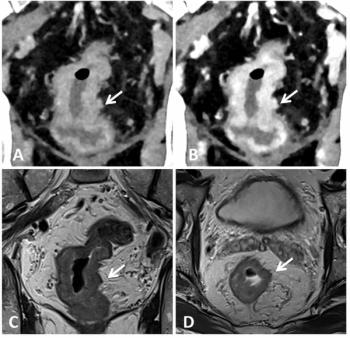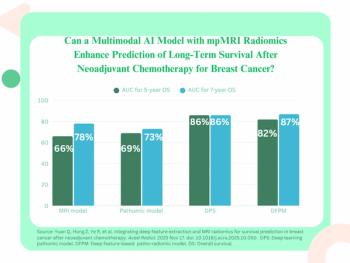
PET proves one puff isn't enough
When a smoker takes one puff of a cigarette, about 30% of the brain's most common nicotine receptors are affected. With three puffs, the nicotine in the cigarette occupies about 70% of the receptors. The smoker becomes satisfied when nearly all of the receptors are occupied, usually after smoking about three cigarettes.
When a smoker takes one puff of a cigarette, about 30% of the brain's most common nicotine receptors are affected. With three puffs, the nicotine in the cigarette occupies about 70% of the receptors. The smoker becomes satisfied when nearly all of the receptors are occupied, usually after smoking about three cigarettes. Soon, however, this level of satiation wears off, driving the smoker to continue the habit throughout the day to satisfy the receptors' cravings for more nicotine.
Researchers from the National Institute on Drug Abuse and the University of California, Los Angeles, used PET with 2-[18F]fluoro-3-(2(S)-azetidinylmethoxy) pyridine, or 2-F-A-85380, to study 11 smokers (Arch Gen Psychiatry 2006;63:907-914). They found the highest levels of nicotine binding occurred in the thalamus, which acts as a conduit for all sensory information that reaches the cerebral cortex. The brain stem, which controls automatic responses such as arousal, had the second highest levels of binding, while the cerebellum, which is responsible for coordination of movement and balance, had the third highest.
Since even low levels of nicotine exposure result in substantial occupancy of these receptors, additional research should address the impact of secondhand, or environmental, tobacco smoke on nicotine craving, said NIDA director Dr. Nora D. Volkow.
Newsletter
Stay at the forefront of radiology with the Diagnostic Imaging newsletter, delivering the latest news, clinical insights, and imaging advancements for today’s radiologists.




























